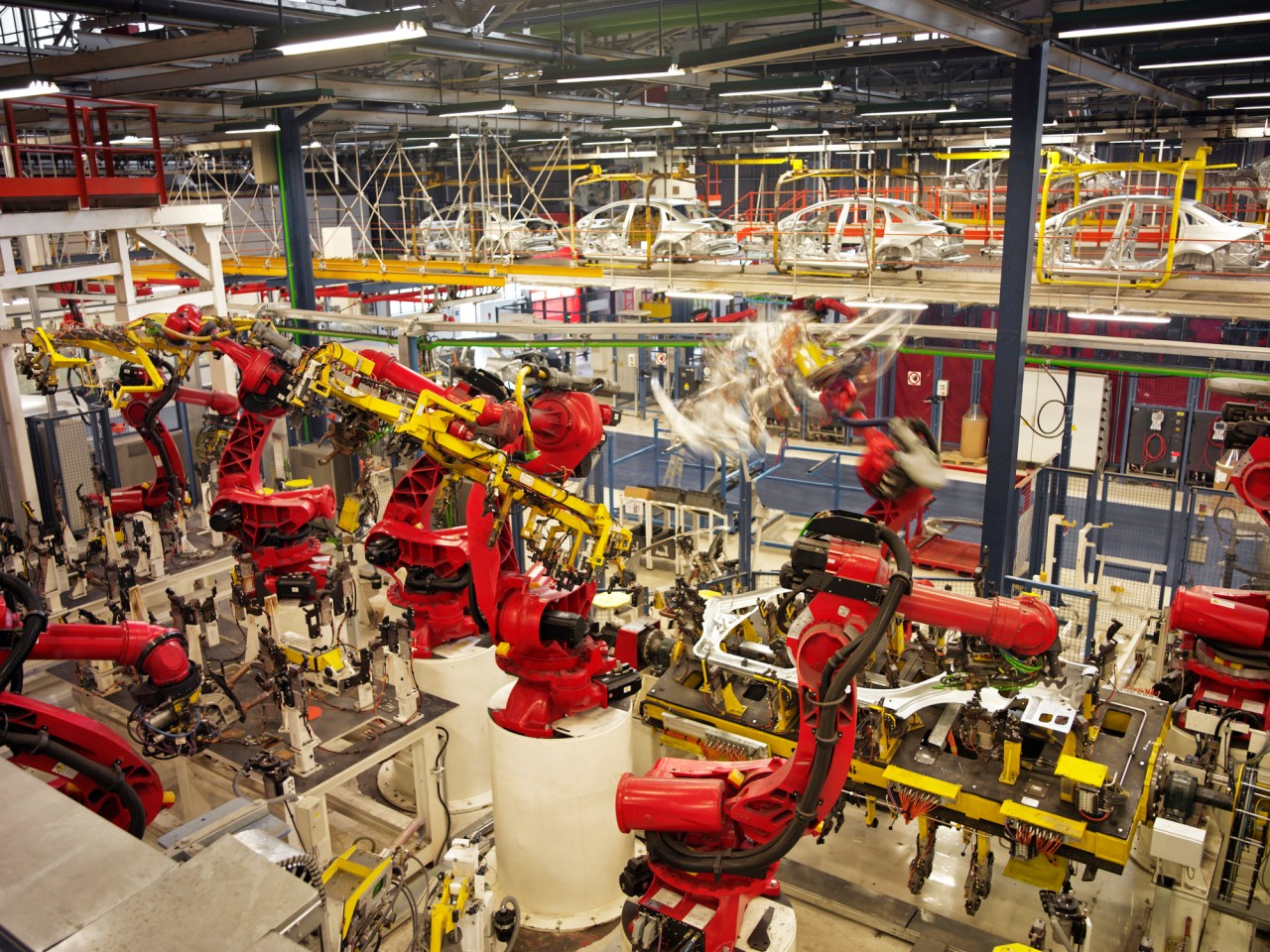The landscape of work is undergoing a profound transformation, driven by rapid advancements in robotics and automation. As we witness a shift in how and where work is conducted, it raises pivotal questions about labor, education, and the economy. Recently, the tech community gathered to discuss these themes, featuring insights from key figures such as Marty Walsh, the U.S. Secretary of Labor. His thoughts, alongside those of industry leaders, serve as a lens through which we can evaluate how technology and labor will intersect in the coming years.
Understanding the Role of Robotics in the Workforce
The integration of robotics in industries ranging from manufacturing to agriculture has been impressive. Current trends indicate that robotics are not just augmenting human effort but transforming it entirely. In North America, sales for industrial robots surged by 28% year-on-year in the first quarter of 2022, showcasing a resilient recovery in this market. Companies like automakers dominate the robotic landscape, accounting for nearly 47% of installations, a testament to their proficiency in leveraging technology for operational efficiency.
- Job Creation vs. Job Displacement: While there is consensus that automation will lead to the creation of new job roles in the long run, many critically point out the jobs that might vanish in the interim. This discrepancy brings forth important discussions on job transitions and training.
- Equity in Access to Training: There are pressing concerns for older workers or those lacking technical backgrounds. Are we equipping all demographics adequately to thrive in an increasingly automated workplace?
The Impact on Education and Workforce Readiness
With a tidal wave of automation adoption, the educational landscape must adapt to meet these emerging needs. Initiatives for reskilling are vital, particularly for those who may not have the time or resources to pursue formal education in robotic programming.
- Government Initiatives: Many are questioning whether the government could do more to stimulate job creation and support educational opportunities for workers displaced by technology.
- Corporate Responsibility: Companies must also explore ways to assist employees in transitioning to new roles, through mentorships, apprenticeships, and training programs.
Market Trends and the Rise of Agtech and Construction Robotics
Investment in robotics continues to flourish, even amid economic uncertainties. Notably, FarmWise has exemplified this trend, raising $45 million in their Series B funding to enhance their robotic systems for agricultural tasks. Their mission highlights the necessity for cost-effective and sustainable solutions to address global food demands.
In the construction sector, Teleo has also made strides, raising $12 million to retrofit traditional heavy machinery into autonomous systems. Such advancements not only promise operational improvements but can also yield significant productivity gains, making these fields ripe for innovation.
Delivery Market Dynamics and Community Implications
The delivery sector, having experienced explosive growth during the pandemic, is now recalibrating. Companies like DoorDash are reevaluating their business models to find balance amid changing consumer behaviors. Delivering efficiency while maintaining profitability presents a significant challenge, particularly in a saturated and competitive space.
As the reliance on delivery robots increases, new questions emerge regarding their sustainability and operational viability. Investors in the robotic delivery space may soon have to consider the profitability and market strategy of the businesses they support.
Conclusion: Shaping the Future of Work
The discussions surrounding robotics, automation, and the labor market reveal an essential truth: we stand on the brink of significant change. As new technologies infiltrate our workplaces, the impact on jobs, skills, and the economy must be carefully navigated. From government initiatives to corporate accountability, all stakeholders must collaborate to ensure the workforce is prepared for these inevitable changes.
At fxis.ai, we believe that such advancements are crucial for the future of AI, as they enable more comprehensive and effective solutions. Our team is continually exploring new methodologies to push the envelope in artificial intelligence, ensuring that our clients benefit from the latest technological innovations. For more insights, updates, or to collaborate on AI development projects, stay connected with fxis.ai.

